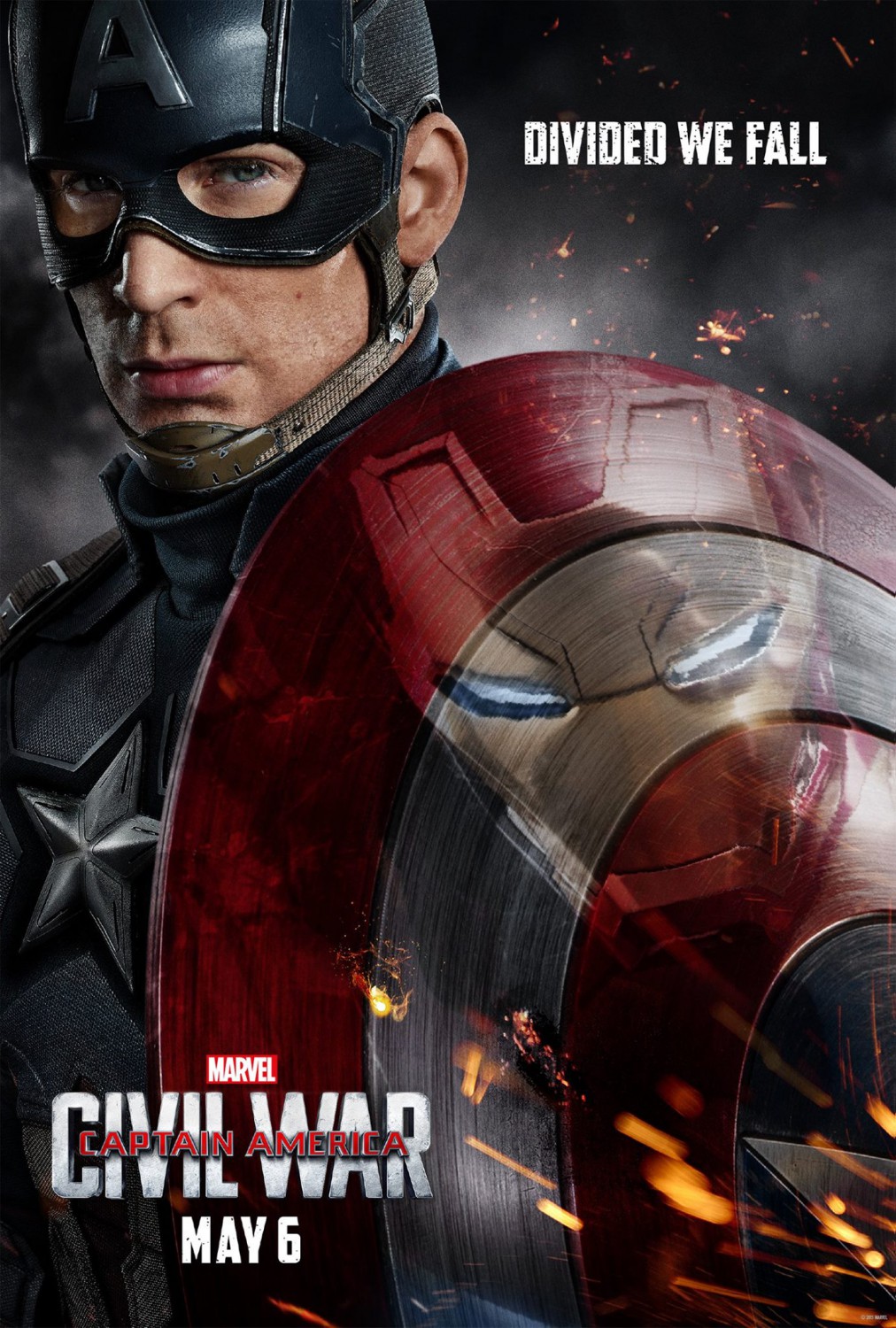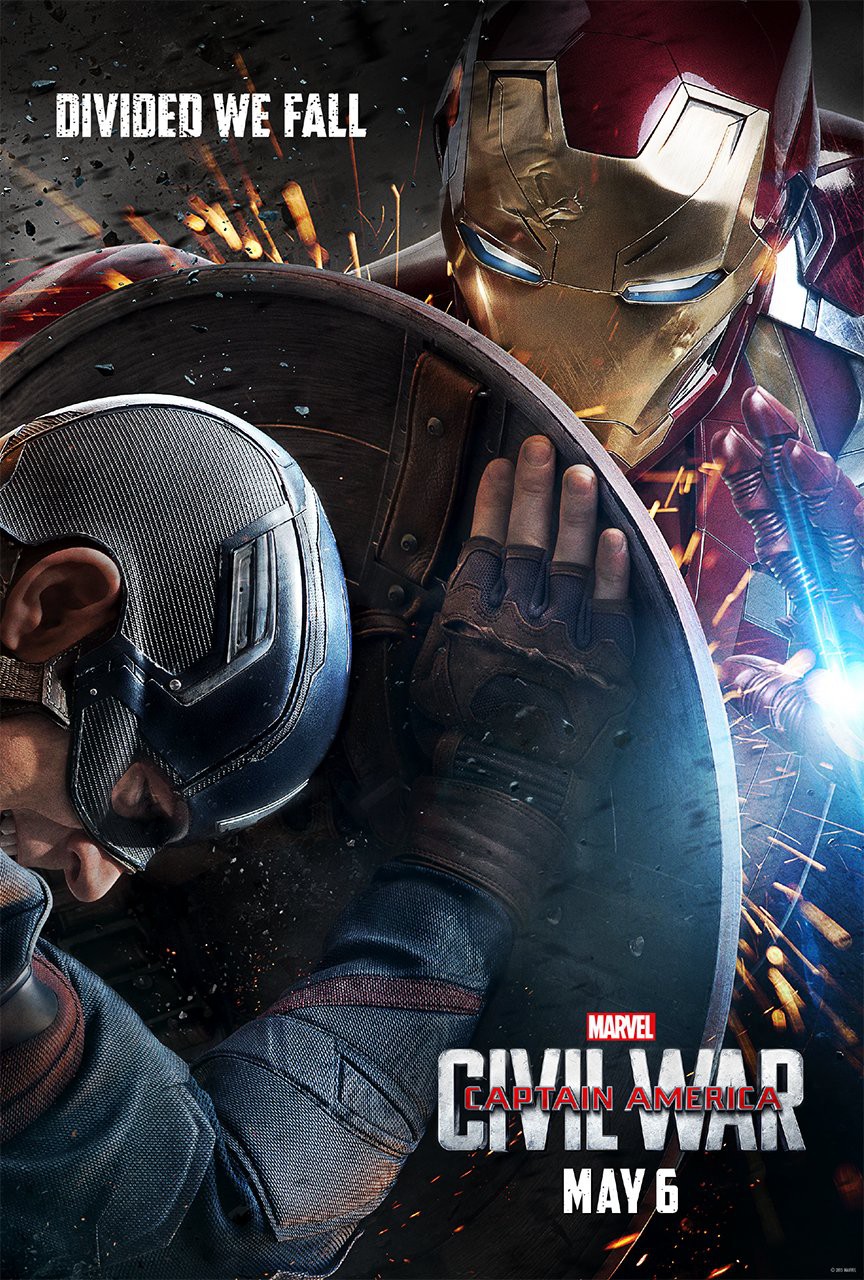Today in Movie Culture: Doctors Diagnose 'Home Alone' Injuries, Quentin Tarantino Talks 70mm and More
Here are a bunch of little bites to satisfy your hunger for movie culture:
Classic Movie Injuries of the Day:
In honor of this month’s 25th anniversary of Home Alone, a bunch of doctors diagnosed Harry and Marv’s injuries inflicted by Kevin (via Devour):
[embedded content]
Animation Studio Tribute of the Day:
In honor of this month’s 20th anniversary of Toy Story, here’s a tribute to the past two decades of Pixar (via /Film):
[embedded content]
Cosplay of the Day:
Hayao Miyazaki cosplay is always wonderful, and this Princess Mononoke is no exception (via KamiKame):
Vintage Film of the Day:
George Melies‘s The Legend of Rip Van Winkle was released on this day all the way back in 1905. Watch it below.
[embedded content]
Film History Lesson of the Day:
In a new featurette, Quentin Tarantino and others give a little history of movie roadshows, 70mm and Ultra Panavision to prepare us for The Hateful Eight:
[embedded content]
Filmmaker in Historical Focus:
Explore the start of Woody Allen‘s half-century career as a filmmaker in comic strip form below. See the rest at Signature.

Video Essay of the Day:
Another filmmaker in focus, here’s a look at the movies of Paul Thomas Anderson in chronological order of their settings (via Filmmaker IQ):
[embedded content]
Supercut of the Day:
Burger Fiction has another supercut of improbably weapons in movies, including two that feature death by corn on the cob:
[embedded content]
Movie Comparison of the Day:
Since we’re all revisiting the Rocky movies in honor of Creed, Couch Tomato shows us how Rocky IV and Kick-Ass 2 are the same movie:
[embedded content]
Classic Trailer of the Day:
This week is actualy the 30th anniversary of the theatrical release of Rocky IV. Watch the original trailer for the blockbuster sequel starring Sylvester Stallone and Dolph Lundgren below.
[embedded content]
Send tips or follow us via Twitter:
and
This entry passed through the Full-Text RSS service – if this is your content and you’re reading it on someone else’s site, please read the FAQ at fivefilters.org/content-only/faq.php#publishers.











